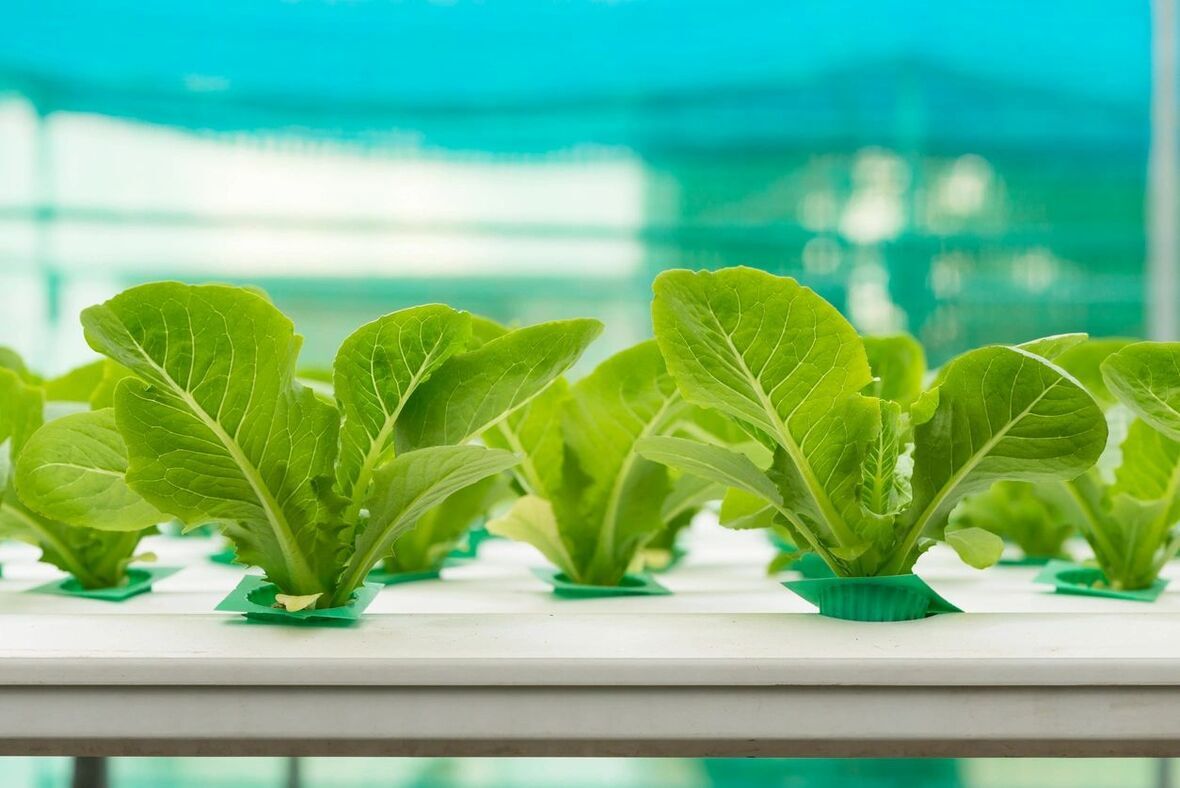This week, I’ll be continuing a series on the health benefits of certain liquids and foods that I have on a daily basis or often.
The ninth of the series, we continue a series within a series- eating from the rainbow or Chakra colors. This week, we will learn about green or Heart chakra.
The Health Benefits Of Green Fruits And Vegetables.
If you want to improve your health and well-being, one of the simplest and most effective ways is to eat more green fruits and vegetables. Green produce is packed with nutrients that can lower your risk of various chronic diseases, support your immune system, and enhance your vision and digestion. Here are some of the main health benefits of green fruits and vegetables, and some tips on how to include them in your diet.
Green fruits and vegetables are rich in antioxidants
Antioxidants are substances that protect your cells from damage caused by free radicals, which are unstable molecules that can cause inflammation, aging, and disease. Green fruits and vegetables are excellent sources of antioxidants, especially vitamin C and beta carotene. Vitamin C is essential for the synthesis of collagen, a protein that gives strength and elasticity to your skin, bones, and blood vessels. Beta carotene is a precursor of vitamin A, which is vital for the health of your eyes, skin, and mucous membranes.
Some of the green fruits and vegetables that are high in vitamin C and beta carotene are:
• Kale
• Spinach
• Broccoli
• Brussels sprouts
• Kiwi
• Green apples
• Limes
• Avocado
According to a study published in the journal Circulation, eating two servings of fruits plus three servings of vegetables per day can lower your risk of death from cardiovascular disease, cancer, and respiratory disease by 13%, 10%, and 35%, respectively. The study also found that leafy green vegetables and fruits and vegetables rich in vitamin C and beta carotene were the most beneficial for health.
Green fruits and vegetables are good for your heart
Another reason to eat more green produce is to protect your heart from high blood pressure, high cholesterol, and stroke. Green fruits and vegetables are rich in potassium, magnesium, and fiber, which are important for regulating your blood pressure and preventing fluid retention. Potassium also helps to balance the effects of sodium, which can raise your blood pressure if consumed in excess. Magnesium is involved in many enzymatic reactions in your body, including those that affect your heart rhythm and muscle contraction. Fiber helps to lower your cholesterol levels by binding to bile acids in your intestines and excreting them from your body.
Some of the green fruits and vegetables that are good for your heart are:
• Celery
• Cucumber
• Asparagus
• Artichoke
• Green beans
• Peas
• Green grapes
• Pears
A study from Harvard found that eating five servings of fruits and vegetables per day can lower your risk of death from heart disease or stroke by 12% compared to eating only two servings per day. The study also suggested that starchy vegetables like potatoes, corn, and peas did not have the same benefits as non-starchy vegetables.
Green fruits and vegetables support your digestion
If you suffer from digestive problems like constipation, bloating, or irritable bowel syndrome (IBS), eating more green fruits and vegetables can help you. Green produce is rich in fiber, which adds bulk to your stool and stimulates your bowel movements. Fiber also feeds the beneficial bacteria in your gut, which can improve your digestion and immunity. Moreover, green fruits and vegetables contain enzymes that can help you break down food more efficiently and prevent gas formation.
Some of the green fruits and vegetables that support your digestion are:
• Lettuce
• Cabbage
• Zucchini
• Green pepper
• Leek
• Parsley
• Papaya
• Pineapple
A review of studies published in the journal Nutrients found that increasing dietary fiber intake can improve symptoms of constipation, diarrhea, abdominal pain, bloating, and gas in people with IBS. The review also recommended eating a variety of fruits and vegetables to increase the diversity of gut bacteria.
How to eat more green fruits and vegetables
Eating more green fruits and vegetables is not difficult if you follow some simple tips. Here are some ideas to incorporate more green produce into your meals and snacks:
• Start your day with a green smoothie made with spinach, kale, avocado, kiwi, lime juice, and almond milk.
• Add lettuce, cucumber, celery, avocado, or sprouts to your sandwiches or wraps.
• Make a salad with mixed greens, broccoli, green apples, pears, nuts, cheese, and dressing.
• Roast or steam asparagus, Brussels sprouts, zucchini, or green beans as a side dish for dinner.
• Snack on celery sticks with peanut butter or hummus.
• Make a fruit salad with kiwi, grapes, pineapple, papaya, and mint leaves.
• Bake a zucchini bread or muffins with whole wheat flour, eggs, oil, sugar, and cinnamon.
Green fruits and vegetables are among the healthiest foods you can eat. They are loaded with antioxidants, vitamins, minerals, fiber, and enzymes that can lower your risk of chronic diseases, support your immune system, and improve your digestion. Aim to eat at least five servings of fruits and vegetables per day, with at least two servings of green produce. You can easily add more green fruits and vegetables to your diet by following the tips above. Enjoy the health benefits of green fruits and vegetables and feel the difference in your body and mind.
See you next week!


